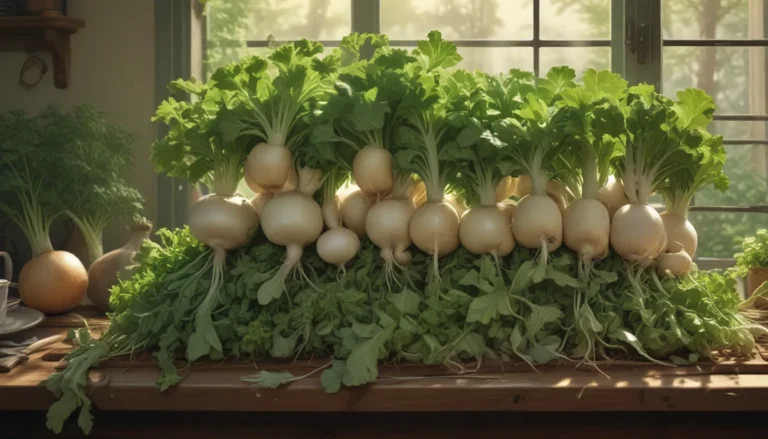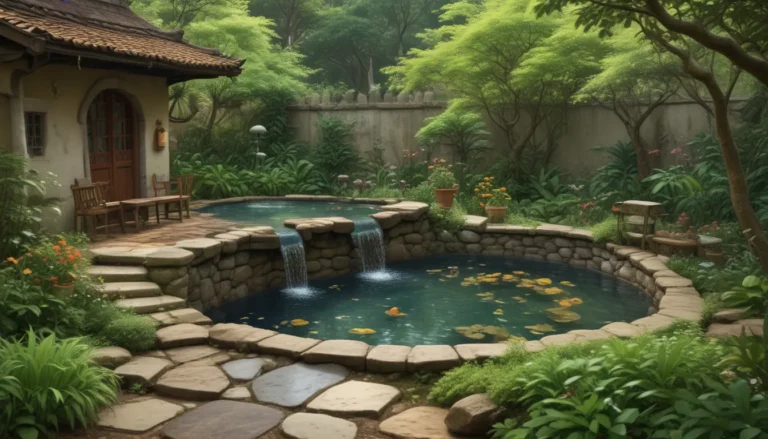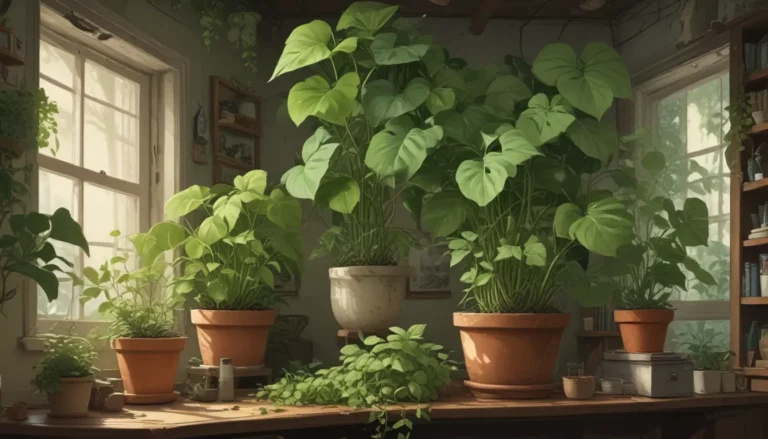Ultimate Guide: Growing and Caring for Persian Violets Indoors

In this comprehensive guide, we will delve into the wonderful world of Persian violets (Exacum affine). These adaptable biennials or short-lived perennials are commonly grown as houseplants or annuals, boasting beautiful small blooms ranging from deep indigo to violet or white, nestled among shiny green leaves that emit a sweet, refreshing scent. Whether you are new to gardening or a seasoned pro, this guide will provide you with valuable information on how to grow and care for these colorful flowering plants.
What Are Persian Violets?
Persian violets, also known as German violets, are native to Socotra, a small island in the Yemen archipelago. In their natural habitat, these plants thrive in mountainous, rocky terrain with a subtropical climate featuring hot, humid summers and mild winters that never dip below 60℉. When grown indoors, Persian violets prefer temperatures ranging from 60 to 80℉, making them perfect for indoor cultivation in homes with pets and children.
These plants are typically between six to 12 inches tall with a spread of seven to eight inches. Their compact indigo, violet, or white blooms adorned with bright yellow pollen masses are complemented by dark green, waxy leaves that provide a stunning backdrop for the vibrant flowers. Despite their name and appearance, Persian violets are not related to African violets or the Viola genus commonly known as violets.
Persian Violet Propagation
You can propagate Persian violets from seeds or stem cuttings. Here’s how:
From Seed:
- Start seeds in individual four-inch pots with a moisture-retentive, well-draining soil mix.
- Persian violets seeds are tiny and require light for germination. Simply sprinkle seeds on the soil surface, water gently, and maintain a warm, sunny location.
- Keep the environment humid by covering the pots with a plastic bag or humidity dome.
- Maintain temperatures between 72 to 79℉ for germination.
From Cuttings:
- Take stem tip cuttings from a healthy parent plant and root them in a 50:50 ratio of sphagnum peat moss and perlite mix.
- Apply rooting hormone to the cut end before inserting it into the soil.
- Keep the cutting in a warm, bright location with even moisture.
Whether you propagate from seeds or cuttings, ensure the young plants are well cared for until they are ready for transplanting into slightly larger pots.
Transplanting:
- Choose a pot that is one to two inches larger than the current container.
- Use a well-draining, slightly acidic soil mix to provide the right growing conditions.
- Water the plant thoroughly after transplanting, allowing excess water to drain out.
How to Grow Persian Violets
To ensure the healthy growth of your Persian violets, follow these tips:
– Maintain indoor temperatures between 60 to 80℉.
– Place the plants in a location with bright, indirect light away from direct sunlight.
– Water thoroughly when the top inch of soil is dry, using room temperature water to avoid shocking the plants.
Persian Violet Cultivars to Select
Explore different E. affine cultivars to add variety to your collection:
– Midget White: Features white flowers and grows to about eight inches.
– Royal Dane Series: Available in Deep Blue, Deep Rose, and White with an extended bloom time and compact growth habit.
Managing Pests and Disease
Keep an eye out for common pests and diseases that can affect Persian violets:
– Aphids: Use a homemade aphid-killer or neem oil to control infestations.
– Spider Mites: Inspect the undersides of leaves for spider mites and treat with soap and water or neem oil.
– Root Rot: Prevent root rot by ensuring well-draining potting mix and avoiding overwatering.
Best Uses for Persian Violets
Persian violets can be grown indoors as potted plants or outdoors as ground cover or hanging baskets in suitable zones. These versatile plants add a pop of color and fragrance to any space.
Quick Reference Growing Guide
Use this quick reference guide for easy care and maintenance of your Persian violets:
– Plant Type: Short-lived perennial/biennial, grown as an annual
– Flower / Foliage Color: Blue, magenta, purple, white / dark green
– Native to: Socotra, Yemen
– Maintenance: Low
– Hardiness (USDA Zone): 10-12
– Tolerance: Brief periods at 55°F, direct light
…Are you ready to grow your own Persian violets and enjoy their vibrant blooms? Share your experiences and photos in the comments below! And for more information on growing flowering houseplants, explore our other guides:
- How to Grow and Care for Shamrock Indoors
- How to Grow and Care for Cyclamen Houseplants
- 17 of the Best Flowering Houseplants to Brighten Up Your Home
This ultimate guide to growing and caring for Persian violets will help you become a successful plant parent. Happy gardening!





